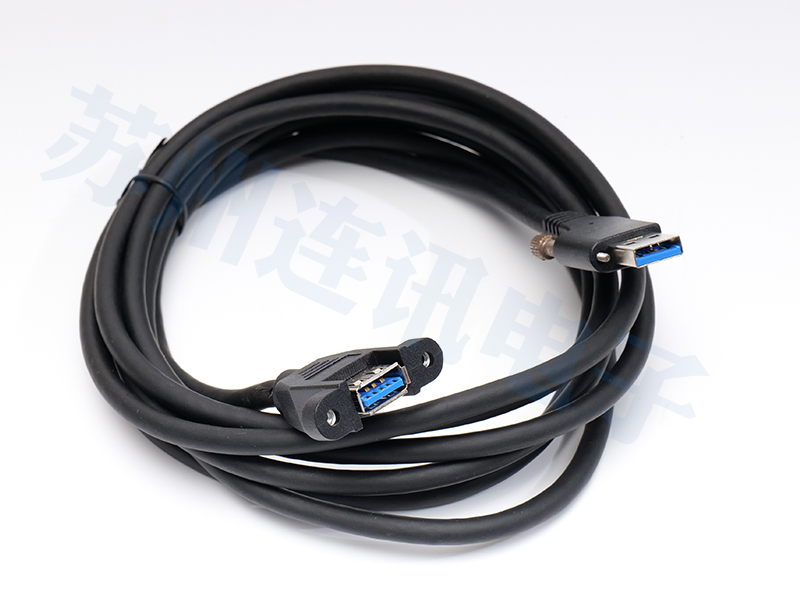The difference in characteristics between shielded and unshielded designs for electronic wiring harnesses
Electronic wiring harness without shielding design:
Electronic wiring harnesses without shielding design typically have relatively simple structures and lower costs. Due to the absence of an additional shielding layer, this type of wiring harness has better flexibility and is easier to wire and install. In addition, electronic wiring harnesses without shielding design are lighter in weight, which is an advantage for weight sensitive application scenarios.
However, electronic wiring harnesses without shielding design also have some limitations. Due to the lack of shielding layers, they are easily affected by external electromagnetic interference (EMI), leading to a decrease in signal quality or data transmission errors. Therefore, this type of wiring harness is usually only suitable for situations where electromagnetic interference requirements are not high.
Electronic wiring harness with shielding design:
Electronic wiring harnesses with shielding design are relatively complex in structure and costly. They typically include one or more shielding layers that can effectively block external electromagnetic interference and protect internal wires from interference. Therefore, electronic wiring harnesses with shielding design are suitable for applications with high requirements for electromagnetic interference, such as high-speed data transmission, precision measurement, etc.
In addition, electronic wiring harnesses with shielding design also have good anti-interference ability and high signal transmission quality. Due to the presence of shielding layers, they can reduce signal attenuation and distortion, ensuring signal stability and reliability.
However, electronic wiring harnesses with shielding design also have some drawbacks. Firstly, due to their complex structure, their flexibility is poor, making wiring and installation relatively difficult. Secondly, the presence of a shielding layer increases the weight and volume of the wiring harness, which may not be suitable for applications with strict requirements for weight and volume.
Summary: Electronic wiring harness with shielding and without shielding designs each have their own characteristics and applicable scenarios. The electronic wiring harness without shielding design has a simple structure, low cost, and good flexibility, and is suitable for occasions with low requirements for electromagnetic interference. Electronic wiring harnesses with shielding design have better anti-interference ability and signal transmission quality, making them suitable for applications with high requirements for electromagnetic interference.
In practical applications, designers should choose appropriate electronic wiring harness design schemes based on specific needs and conditions. At the same time, to ensure the performance and stability of electronic wiring harnesses, corresponding design specifications and standards should also be followed to ensure the quality and reliability of the wiring harnesses.

Recommend
-

-

QQ Zone
-

Sina Weibo
-

Renren.com
-

Douban

